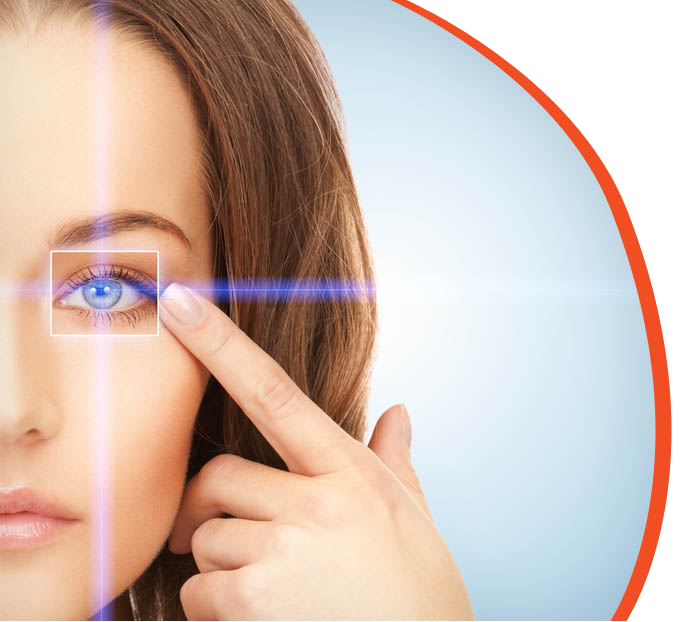Myopia Prevention
Experience the Freedom and Joy of Life Without Surgery, Contacts Lenses, or Glasses
Studies Show the Gentle Vision Shaping System Prevents the
Progression of Nearsightedness in Children
Progression of Nearsightedness in Children
Studies Show a 50% to 90% Reduction in the Progression
of Childhood Nearsightedness.
of Childhood Nearsightedness.
The CANDY Study
One such study, “Controlling Astigmatism and Nearsightedness in Developing Youth” (CANDY Study) showed that modern corneal shaping lenses were effective in reducing the progression of nearsightedness in children between 9 and 18 years of age. The CANDY Study involved children that wore Vision Shaping Myopia Prevention Lenses while they were asleep and concluded that orthokeratology was an effective means of myopia prevention.
The SMART Study
Other studies have also shown that the progression of nearsightedness can be prevented. The SMART Study (Stabilization of Myopia by Accelerated Reshaping Technique), a 3-year multi-center study, involving 282 patients, recently finished its clinical trial.


The SMART Study compared the rates of myopic progression in children ages 9 to 14 years of age. The SMART study found the nearsightedness in children wearing soft contact lenses progressed at a faster rate than that of the children wearing orthokeratology lenses. Patients wearing soft contact lenses in the SMART Study progressed an average of -1.03 diopters during the three year period whereas the patients wearing orthokeratology lenses progressed at a rate of only -0.13 diopters. The study coordinators thus concluded that the Vision Shaping technology or orthokeratology was an effective method of myopia prevention.
Axial Length is an Important Measure of Myopia Prevention
An important finding in studies trying to prove the effectiveness of orthokeratology in myopia prevention is to show the increase in the length of the eye (axial length) is slowed by orthokeratology myopia prevention lenses. The 2009 study published in the British Journal of Ophthalmology, Corneal Reshaping, and Myopia Progression, showed patients wearing ortho-K lenses exhibited a 55% reduction in the rate of axial length growth compared to a control group that wore soft contact lenses.




